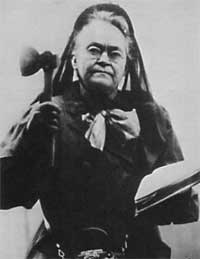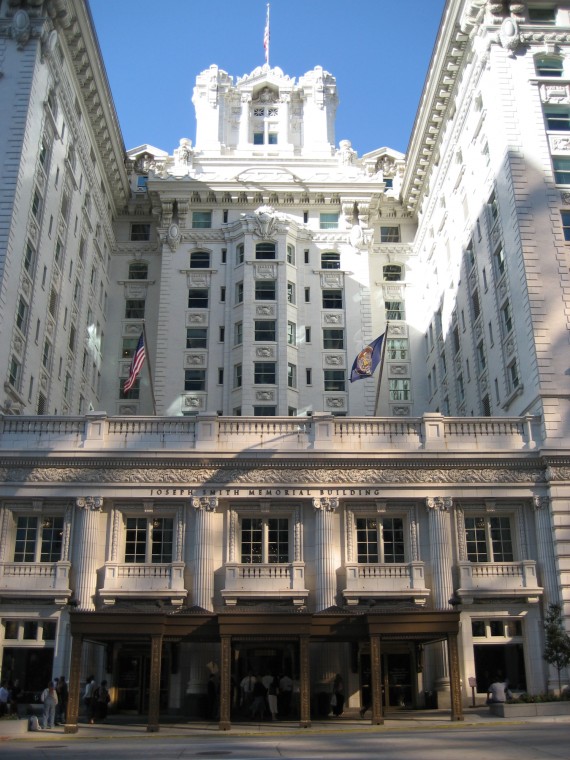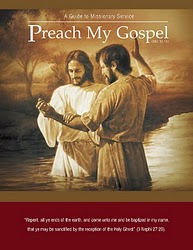The following was adapted from the Improvement Era magazine of July 1911.
“Hatchetations”
Carry A. Nation, made famous because she began a campaign in Wichita, Kansas, December 17, 1900, against the saloons, by smashing furniture and windows with a hatchet, died in Leavenworth, Kansas, June 9. Carry Moore was born in Kentucky, in 1846, and in early life married a man who became a drunkard.
When he died, she determined to devote her life to the suppression of the liquor traffic and the tobacco habit. With her favorite hatchet she left a trail of ruined bar-rooms in the state of Kansas, wherever she unheralded appeared. She was married to David Nation, in Kansas City, who divorced her ten years ago.
[Official records say her first name was spelt Carrie. However, beginning with her anti-liquor campaign, she adopted the name Carry A. Nation mainly for its value as a slogan. Between 1900 and 1910 she was arrested some 30 times for “hatchetations,” as she came to call them. Nation paid her jail fines from lecture-tour fees and sales of souvenir hatchets.]
University of Utah Lawsuit
The University of Utah lost its suit, begun nearly four years ago, against the Montello Salt Company, in the United States Supreme Court, May 29, for title to large tracts of salt lands, under an act of Congress granting the state of Utah lands for university purposes. The district and state supreme courts had both decided for the University. The salt beds in question are said to be so extensive that had the suit been favorable to the state, the University would have been richly endowed.
Hotel Utah
Beautiful Hotel Utah opened its doors at 8 o’clock Friday morning, June 9. The structure complete marks an expenditure of two million dollars—$1,500,000 for construction, $300,000 in furnishings, and $200,000 for a light, heat and power plant. It is one of the great hotels of the United States, and signals a new era for Salt Lake City and Utah, in their relations to the traveling public.
[The Hotel Utah ceased operations in August 1987. A major remodeling and adaptive reuse project to accommodate both community and church functions was completed in 1993. Church leader Gordon B. Hinckley chose the name Joseph Smith Memorial Building when he observed that there were many monuments to Brigham Young, but none to Joseph Smith.]
Adapted from: “Passing Events”, Improvement Era, Vol. XIV. July, 1911. No. 9.





